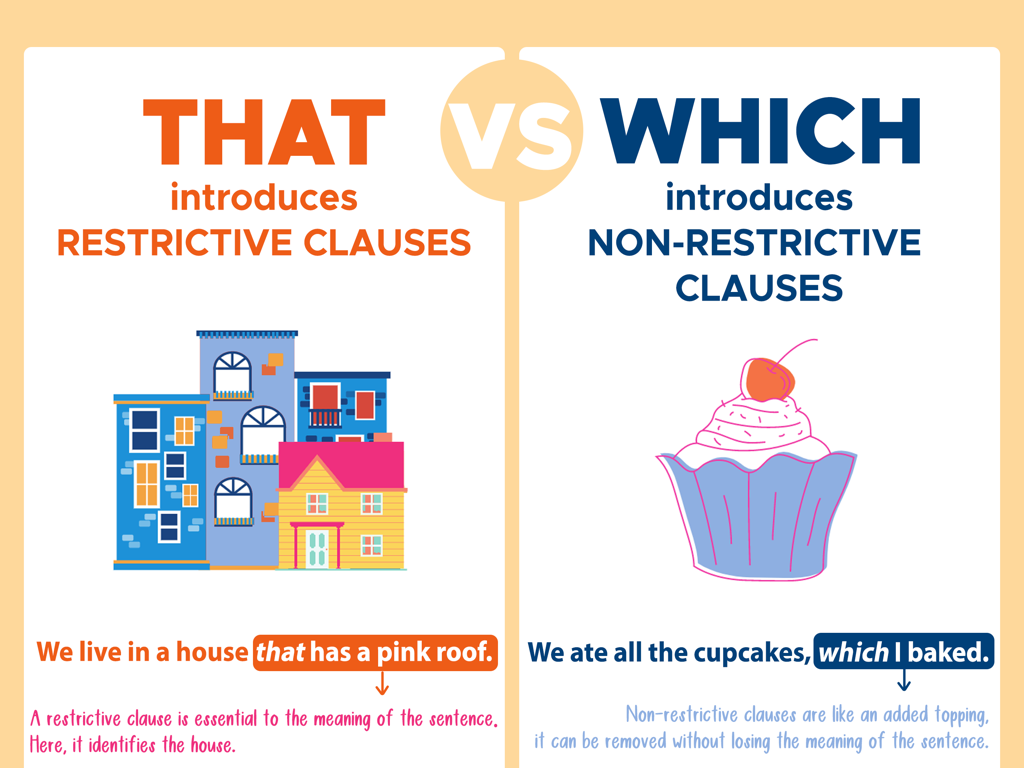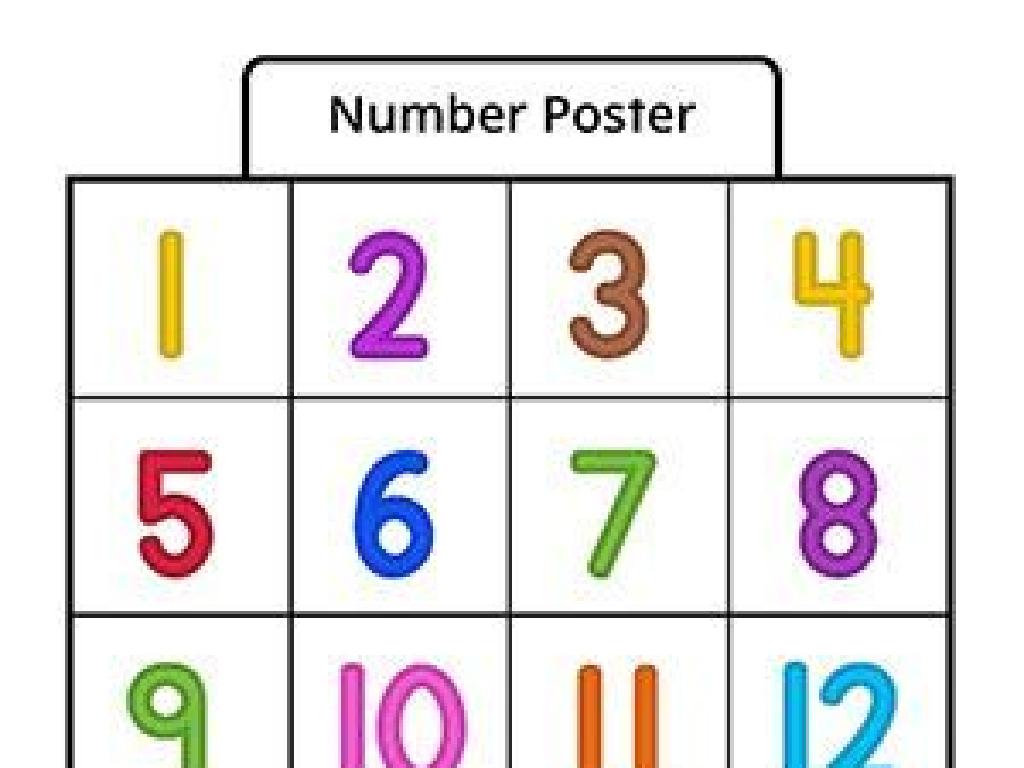Identify Countries Of Africa: Review
Subject: Social studies
Grade: Seventh grade
Topic: Africa: Geography
Please LOG IN to download the presentation. Access is available to registered users only.
View More Content
Exploring the Countries of Africa
– Introduction to Africa’s geography
– Diversity and beauty of Africa
– Africa is rich in cultures, languages, and landscapes.
– Identifying African countries
– Learn to locate countries like Egypt, Nigeria, and Kenya.
– Map recognition skills
– Use a map to find countries and discuss their features.
|
Begin the class with an engaging introduction to the geography of Africa, emphasizing the continent’s vastness and the diversity found within its borders. Highlight the variety of cultures, languages, and ecosystems that make Africa unique. The main objective is for students to become familiar with the map of Africa and to be able to identify key countries by the end of the lesson. Use a large map to point out countries and encourage students to discuss what they know about each one, including any cultural or geographical features. This will help them remember the locations and facts about each country. Provide a list of countries for students to find on their own maps as practice.
Exploring the Continent of Africa
– Africa: the second-largest continent
– Comprised of 54 diverse countries
– Examples include Nigeria’s vibrant culture and Egypt’s ancient history.
– Unique cultures and histories
– Interesting geographical facts
– Did you know? The Sahara is the largest hot desert in the world.
|
This slide aims to give students a brief overview of Africa’s vastness and diversity. Emphasize that Africa is not a country, but a continent with a rich mosaic of 54 countries. Each country has its own distinct culture, language, and history, contributing to the continent’s overall diversity. Highlight a few countries as examples, such as Nigeria, known for its music and festivals, and Egypt, famous for its pyramids and pharaohs. Engage students with interesting geographical facts, such as the size of the Sahara Desert or the length of the Nile River, to pique their interest in Africa’s geography. Encourage them to explore more about the continent beyond the common stereotypes and to appreciate its complexity and beauty.
Exploring Northern Africa
– Countries in Northern Africa
– Examples: Egypt, Morocco, Algeria
– Sahara Desert significance
– The Sahara is the world’s largest hot desert
– Nile River in Egypt
– The Nile is the longest river in the world
– Engage with a question
|
This slide aims to review the countries of Northern Africa and highlight key geographical features. Start by discussing the countries in the region, focusing on Egypt, Morocco, and Algeria. Emphasize the vastness of the Sahara Desert and its impact on the climate and culture of the region. Highlight the significance of the Nile River, not only as a geographical landmark but also for its historical and cultural importance to Egypt. Engage the students by asking them to identify the famous river that flows through Egypt, encouraging participation and ensuring they connect the lesson with their prior knowledge.
Exploring Western Africa
– Countries in Western Africa
– Nigeria, Ghana, Senegal among others
– Historical kingdoms and empires
– Rich history from ancient times
– The Niger River significance
– Key water source and trade route
– Cultural and economic impact
|
This slide aims to review the countries of Western Africa, highlighting Nigeria, Ghana, and Senegal as key examples. Students should recognize the historical significance of the region, which was home to powerful kingdoms and empires such as Mali and Songhai. Emphasize the importance of the Niger River, not only as a geographical landmark but also as a crucial element for the development of civilizations, trade, and agriculture in the region. Discuss the cultural diversity and economic activities that are influenced by both the historical and geographical context of Western Africa. Encourage students to explore more about the unique characteristics of each country mentioned.
Exploring Central Africa
– Congo Basin significance
– Second-largest rainforest, rich in biodiversity.
– Key countries in Central Africa
– Includes nations such as D.R. Congo and Cameroon.
– The Congo River’s role
– Essential for transport, trade, and ecosystems.
– Reviewing Central Africa’s geography
|
This slide aims to review the geographical features of Central Africa with a focus on the Congo Basin, key countries in the region, and the importance of the Congo River. The Congo Basin is highlighted for its vast rainforest, which plays a crucial role in global ecology. Students should recognize countries like the Democratic Republic of the Congo and Cameroon as part of Central Africa. Emphasize the Congo River’s significance in supporting the region’s economy, transportation, and environment. Engage students by asking them to locate these features on a map and discuss how geography influences the culture and daily life in Central Africa.
Exploring Eastern Africa
– Countries in Eastern Africa
– Kenya, Ethiopia, Tanzania, and more
– Wildlife and national parks
– Home to diverse species and conservation areas
– Mount Kilimanjaro in Tanzania
– Africa’s tallest mountain, a major landmark
– Importance of the region
|
This slide aims to review the countries of Eastern Africa and highlight the region’s geographical significance. Students should recognize key countries such as Kenya, Ethiopia, and Tanzania, and understand the region’s reputation for rich wildlife and natural beauty, exemplified by its national parks. Emphasize the importance of Mount Kilimanjaro as a symbol of Africa’s diverse landscape. Encourage students to explore the unique features of each country and consider the role of conservation in preserving the region’s natural heritage. Discuss the economic and cultural impact of tourism related to wildlife and natural landmarks.
Exploring Southern Africa
– Countries in Southern Africa
– Includes South Africa, Botswana, Zimbabwe, and more.
– Famous landmarks
– Home to the Kalahari Desert and Victoria Falls.
– Significant rivers
– The Limpopo and Zambezi rivers shape the landscape.
– Review and discuss
|
This slide aims to review the countries of Southern Africa and their notable geographical features. Students should be able to identify key countries such as South Africa, Botswana, and Zimbabwe on a map. Highlight the region’s famous landmarks, including the vast Kalahari Desert and the stunning Victoria Falls, one of the largest and most famous waterfalls in the world. Discuss the importance of the Limpopo and Zambezi rivers in the region’s ecosystem, economy, and cultural heritage. Encourage students to think about how these geographical features have influenced human activity and settlement patterns in Southern Africa.
Island Nations of Africa
– Madagascar: a massive island nation
– Madagascar is the world’s fourth-largest island.
– Mauritius: a beautiful island gem
– Mauritius is known for its stunning beaches and lagoons.
– Unique ecosystems to explore
– Islands have distinct flora and fauna not found elsewhere.
– Rich biodiversity of the islands
– Home to rare species like lemurs in Madagascar.
|
When discussing the geography of Africa, it’s crucial to include the island nations, which are often overlooked. Madagascar, the fourth-largest island in the world, and Mauritius, with its picturesque landscapes, are significant parts of Africa’s geographical identity. These islands are renowned for their unique ecosystems and rich biodiversity, including rare species that are endemic to these locations. Encourage students to research the unique characteristics of these islands, such as Madagascar’s lemurs or Mauritius’s coral reefs. This slide aims to highlight the diversity within Africa’s geography and the importance of island nations in the continent’s ecological and cultural tapestry.
Class Activity: Mapping Africa
– Receive a blank map of Africa
– Label 15 discussed countries
– Complete within 20 minutes
– Class review of labeled maps
|
This activity is designed to reinforce the students’ knowledge of African geography. Distribute blank maps of Africa to each student and instruct them to label at least 15 countries that were discussed in the lesson. This will help them to visually memorize the locations and names of these countries. Allow the students 20 minutes to complete this task. Afterward, conduct a class review where students can compare their maps and discuss any difficulties they encountered. This will also provide an opportunity for peer learning. As an extension, you can ask students to mark the capital cities or to color-code regions based on different criteria such as climate or population. This activity encourages active participation and helps to solidify the students’ understanding of the continent’s geography.





